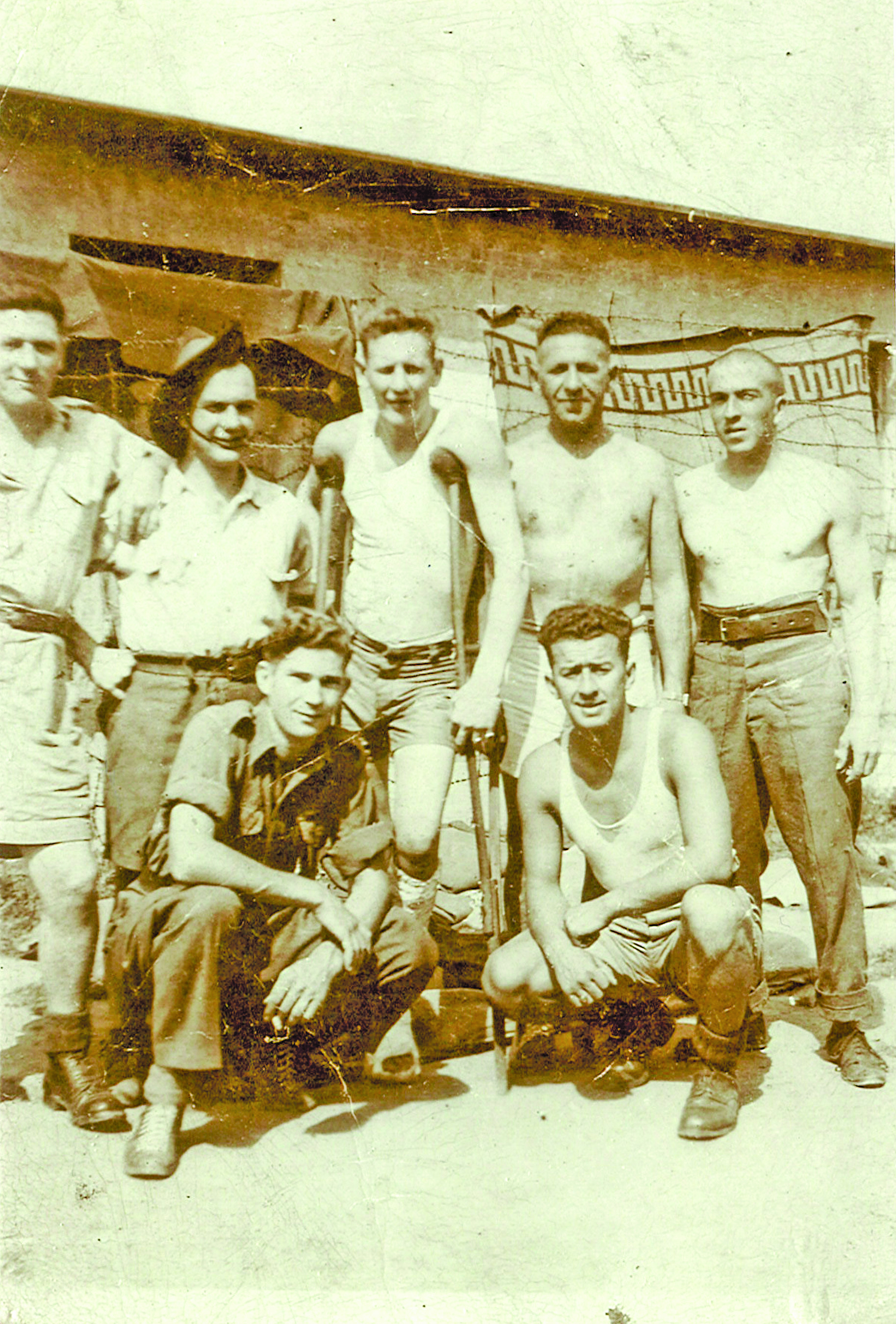Phil Egan
Doug Dunn was a pal of mine from our first days of Grade One, and eight years later we attended high school together.
The last Halloween in which I dressed up did not start off well. I stopped by Doug’s house on South Victoria Street, the two of us planning to attend a high school dance.
I thought I looked pretty good. With my hair combed from right to left and wearing a dark trench coat and officer’s cap – both adorned with swastikas – a Sam Browne belt and Hitler moustache, I might have passed for the German dictator.
What I remember most about that night was Doug’s dad and his disappointed, stricken face. Until that memorable night I didn’t know he’d been a German Prisoner of War throughout much of the Second World War.
Doug and I never made it to the dance. As I rapidly changed my appearance Douglas A. Dunn, Sr. told me exactly what he thought of my costume and my unintentional glorification of one of the worst men to ever live.
Doug Dunn had lied about his age when war broke out. He enlisted at 17 as a sapper in the 11th Field Company, Royal Canadian Engineers.
Canada suffered 3,367 casualties during the Dieppe Raid on August 19, 1943. Doug Dunn was one of them, shot on the beach that disastrous day. Treated by nuns in a French hospital, he became one of 1,946 Canadian soldiers captured at Dieppe.
Later, he was transferred to the notorious German POW camp at Lamsdorf in Silesia, Stalag 8B. Originally used by the Germans to house British and French POW’s in the First World War, the site had been in use as a prison camp since the Franco-Prussian war.
At Lamsdorf, Dunn helped build a successful tunnel from which seven POW’s managed to escape. He himself made a bid for freedom when he and a group of his companions were being transferred to Stalag 17B, near the Austrian town of Krens. He was returned to the camp after three days of freedom, but later tried again with two other Canadian prisoners.
This time they made their way to Vienna, arriving just eight days before the war’s end.
After everything he endured and would later achieve for his fellow veterans, Doug Dunn was a war hero in the greatest sense of the words.
Canada’s Veteran’s Affairs minister, Bud Cullen, would later credit Dunn with helping to ease the plight of Dieppe veterans and POW’s. He remained active in veteran’s affairs until his untimely death, at the age 58, on Canada Day.


